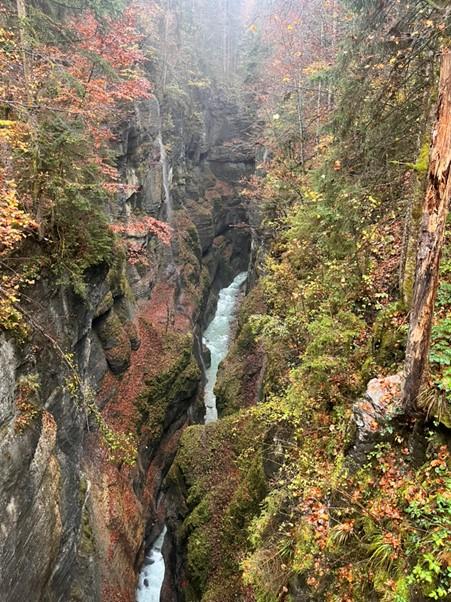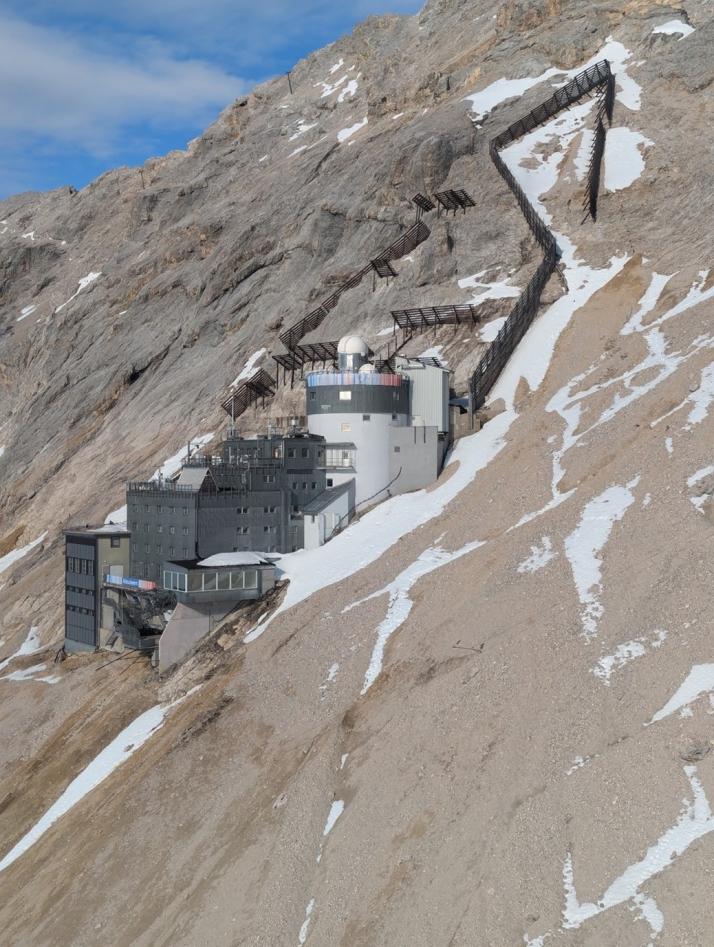UiB and Würzburg Team Up for Mountain and Remote Sensing Research
The University of Bergen (UiB) is strengthening its collaboration with partners in the CHARM-EU alliance by joining forces with Julius-Maximilian University of Würzburg to explore innovative research opportunities in remote sensing and high mountain studies.

Hovedinnhold
After receiving seed funding as a pilot action from UiB-CHARM, Benjamin Robson and Jostein Bakke from the Faculty of Technology embarked on an organized trip to their CHARM partner, Julius-Maximilian University of Würzburg. The goal was to build on preliminary discussions initiated during a visit by two professors from Würzburg to UiB in January.
Collaborative trip to Würzburg
“We had discussed several ideas that we wanted to build on, including joint PhD supervision, shared field courses, and the integration of geomatics and remote sensing with traditional geomorphological research,” Jostein Bakke says.
With funding from UiB-CHARM, they had the opportunity to revisit their partner in Würzburg to explore their teaching and research environment.
Their itinerary included a visit to the Earth Observation Research Cluster (EORC) at Würzburg's Institute of Geography and Geology, with a focus on future collaborations involving iEarth and the proposed Mohn Mountain Centre. They also did a tour to the state-of-the-art research station located at Zugspitze in the Bavarian Alps, which could serve as a venue for field courses involving UiB.
Key Visits and stunning natural wonder
"We got the opportunity to give talks at the Earth Observation research cluster, introducing iEarth, exploring geomatics at UiB, and sharing our ideas for creating the High Mountain Centre." Bakke, explains.
They then visited the research station at Zugspitze, the highest mountain in Germany, and the Garmin Partenkirchen to examine some of the sites used for field teaching in the area. They also got to see the Partnachklamm Gorge - a natural formation carved over 80 meters deep and as narrow as 1 meter in places, shaped since the last glacial maximum 20,000 years ago.
“Partnachklamm Gorge is now a stunning natural wonder with steep, vertical cliffs, narrow passageways, and waterfalls shaped by the interplay of glacial activity and river erosion, shaped over thousands of years,”Bakke says.
State-of-the art teaching facilities
The itinerary included a visit to Zugspitze and the Environmental Research Station Schneefernerhaus, a striking 12-floor building located 300 meters below the summit, providing spectacular views of the Bavarian and Austrian Alps.
“It was impressive to see all the instrumentation placed inside and outside the research station and we also got to see the permafrost tunnel that goes all the way over to Austria where a range of ground variables have been monitored for over a decade”
The station can accommodate 20-30 student parties with many possibilities for exciting research and field campaigns.
“With the melting glaciers that are about to disappear, and spectacular active slope processes, along with state-of-the art teaching and accommodation facilities, this will be very attractive for our students to be part of” Bakke says.
“We will definitely encourage other faculties at UiB to apply for CHARM seed funding to explore partnership opportunities with suitable partners."
Engage with opportunities through CHARM
The trip also included a visit to the German Aerospace Centre in Munich to explore their facilities.
“We got information about the resources available for collaboration, including high-resolution radar satellite imagery and powerful high-performance computers” Robson says. “We also toured the information bridge, where the German Space Centre communicates with the International Space Station”.
Now back in Bergen, Bakke says that the ability to share resources like high-resolution radar satellite imagery and powerful high-performance computers makes this collaboration especially promising.
"Their focus on high mountain research offers exciting opportunities for further partnership".

